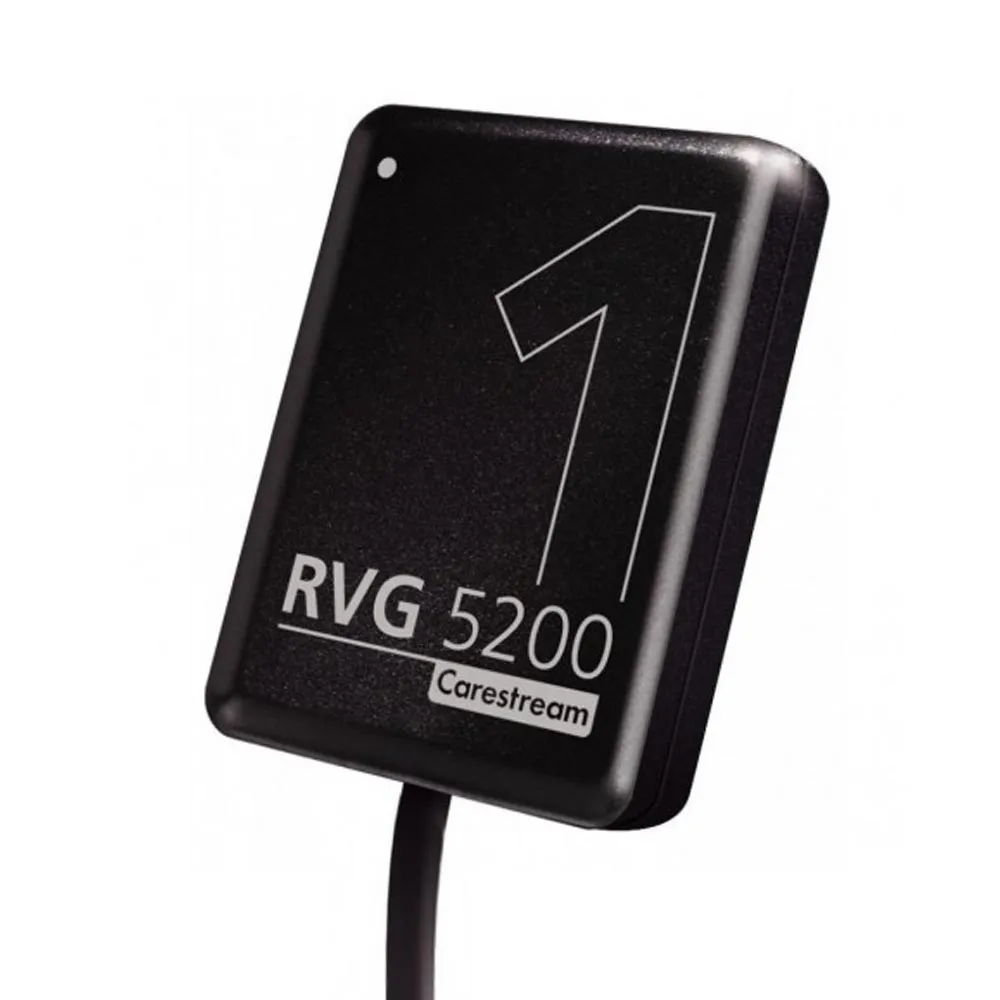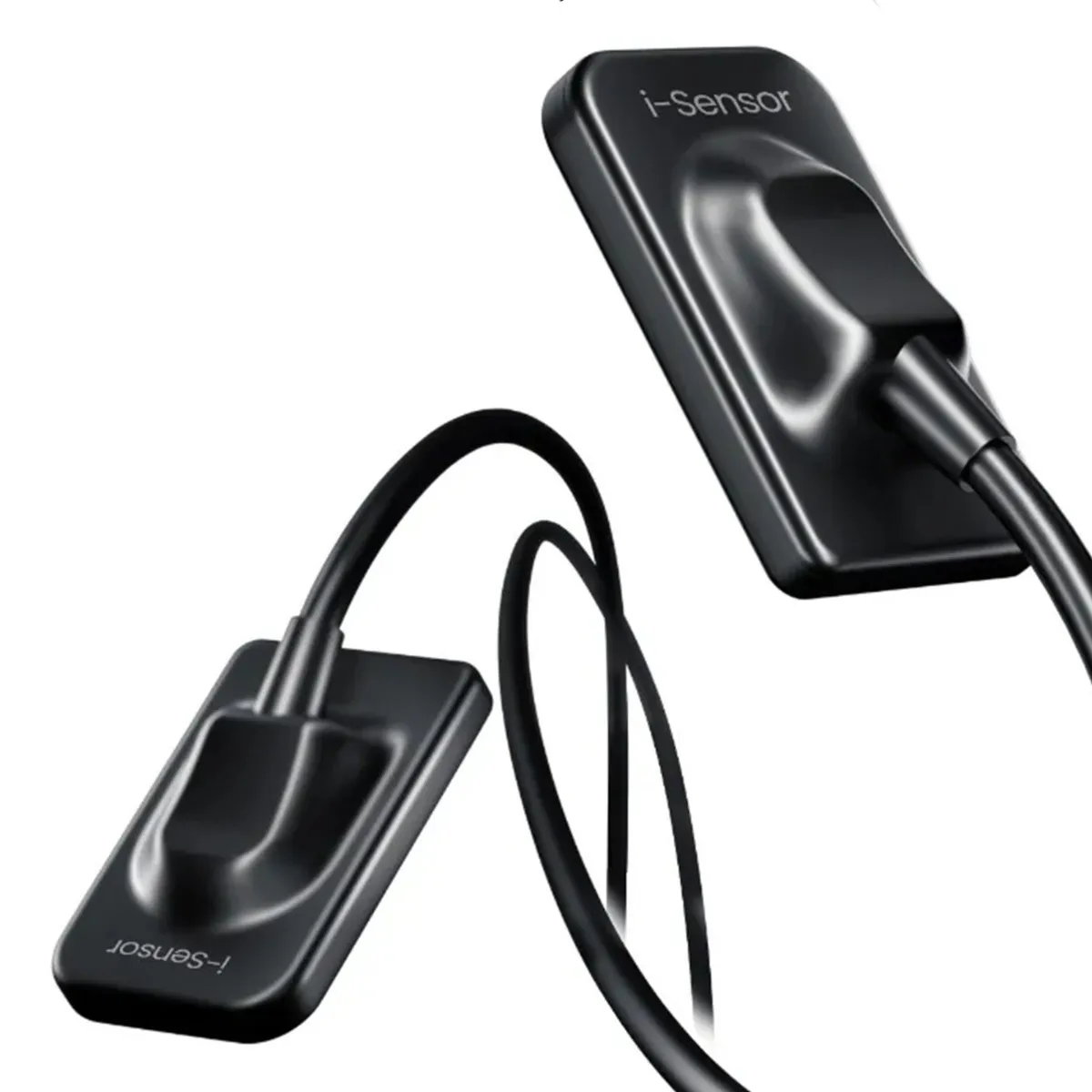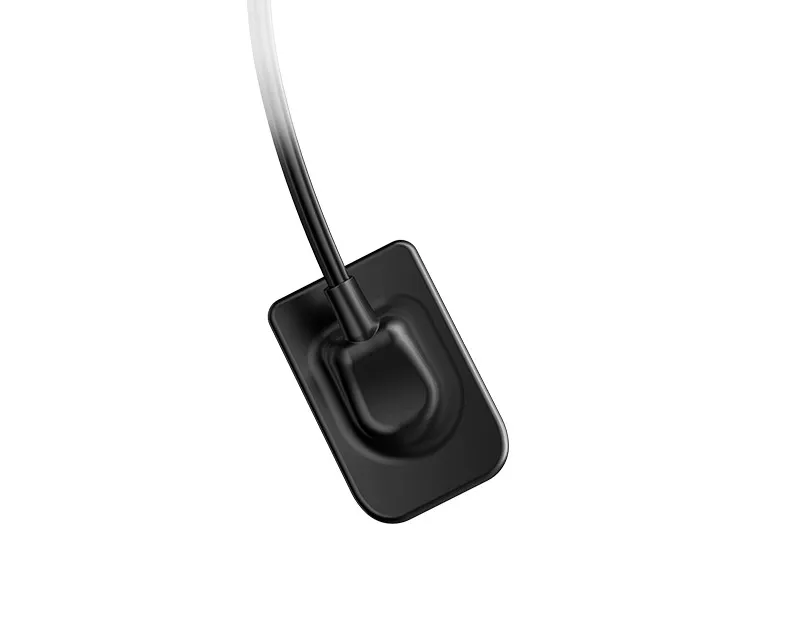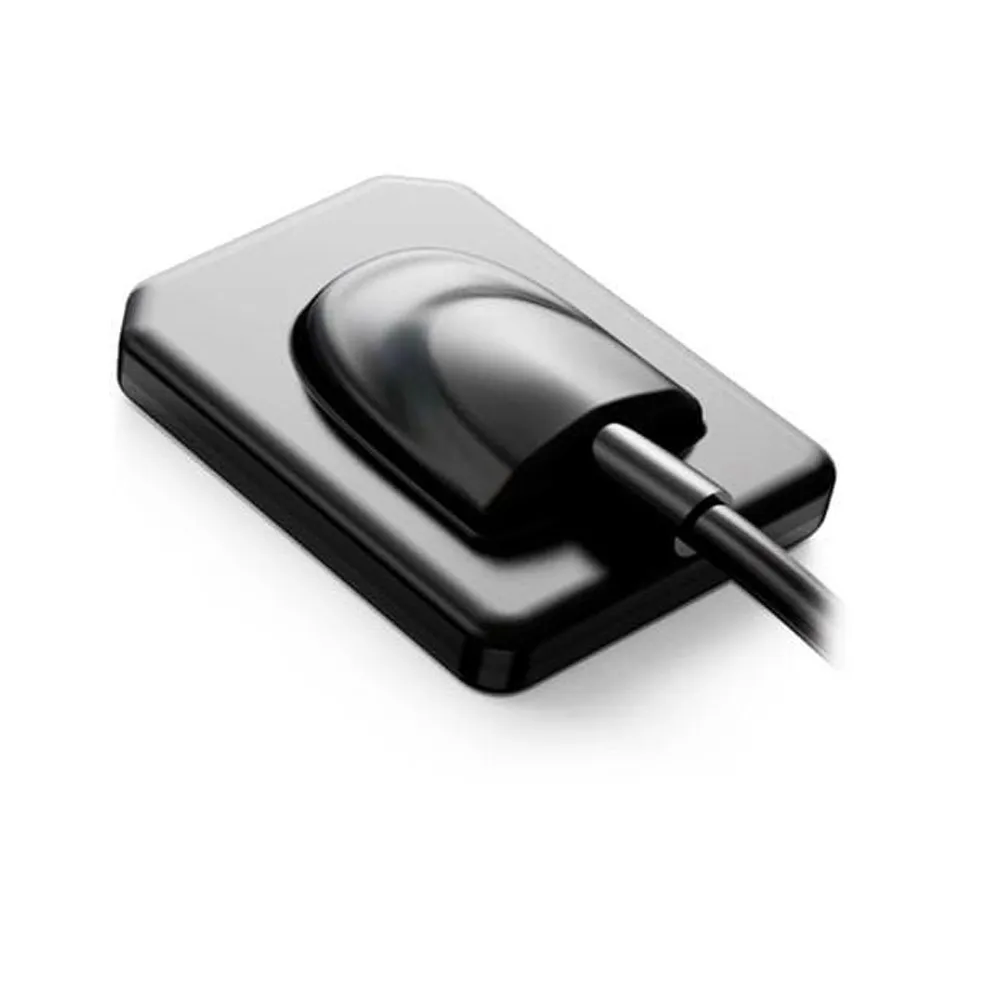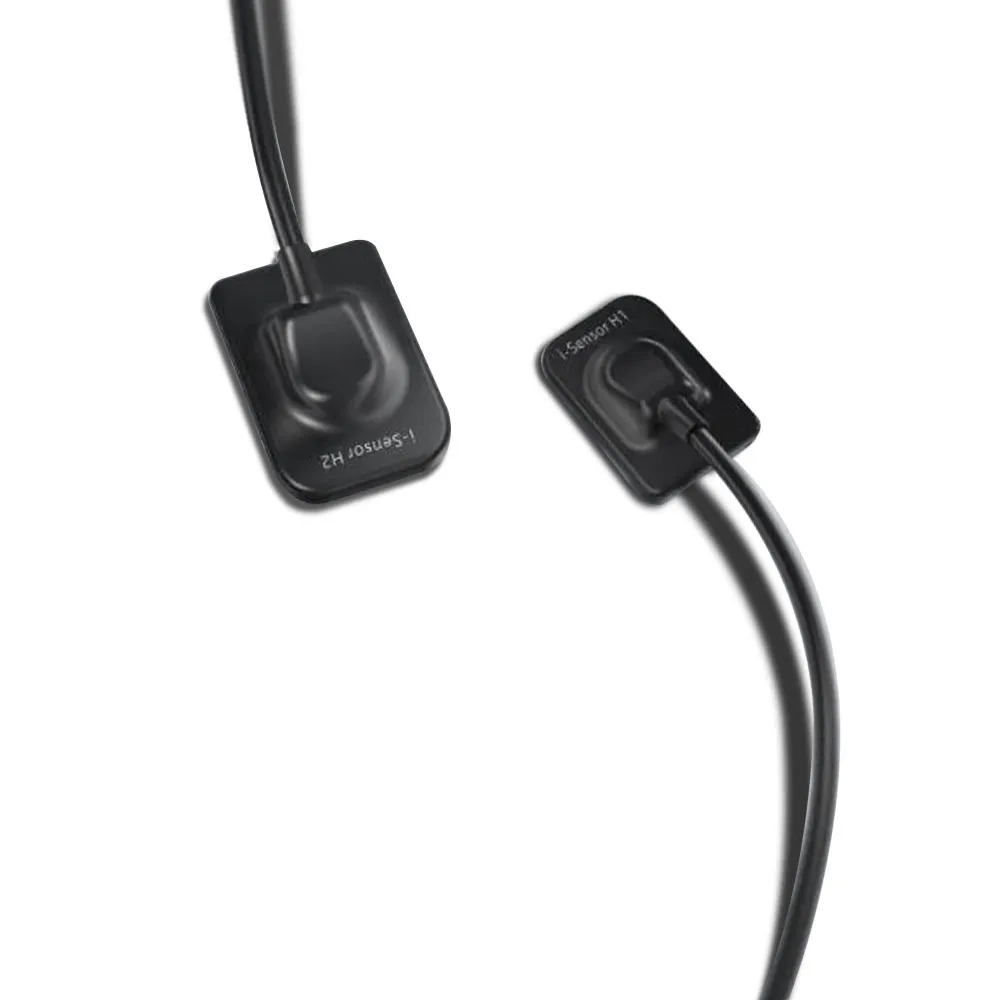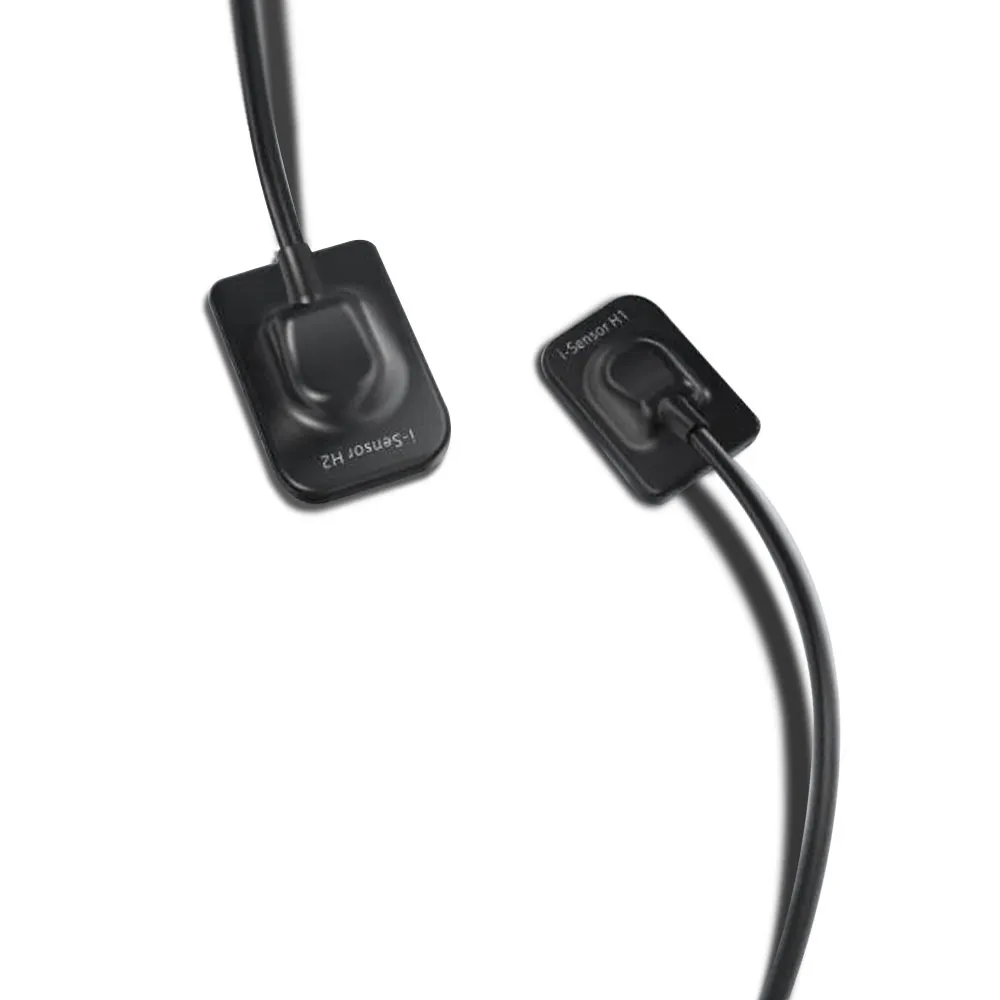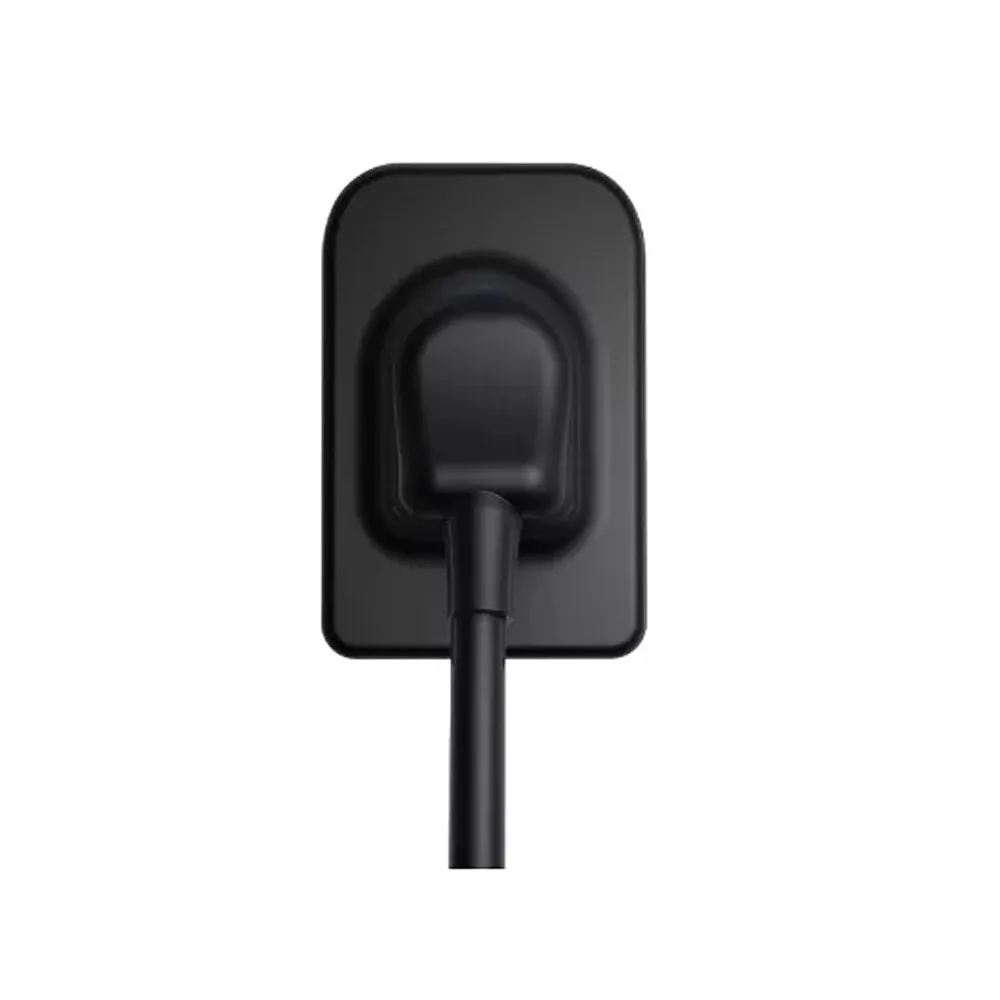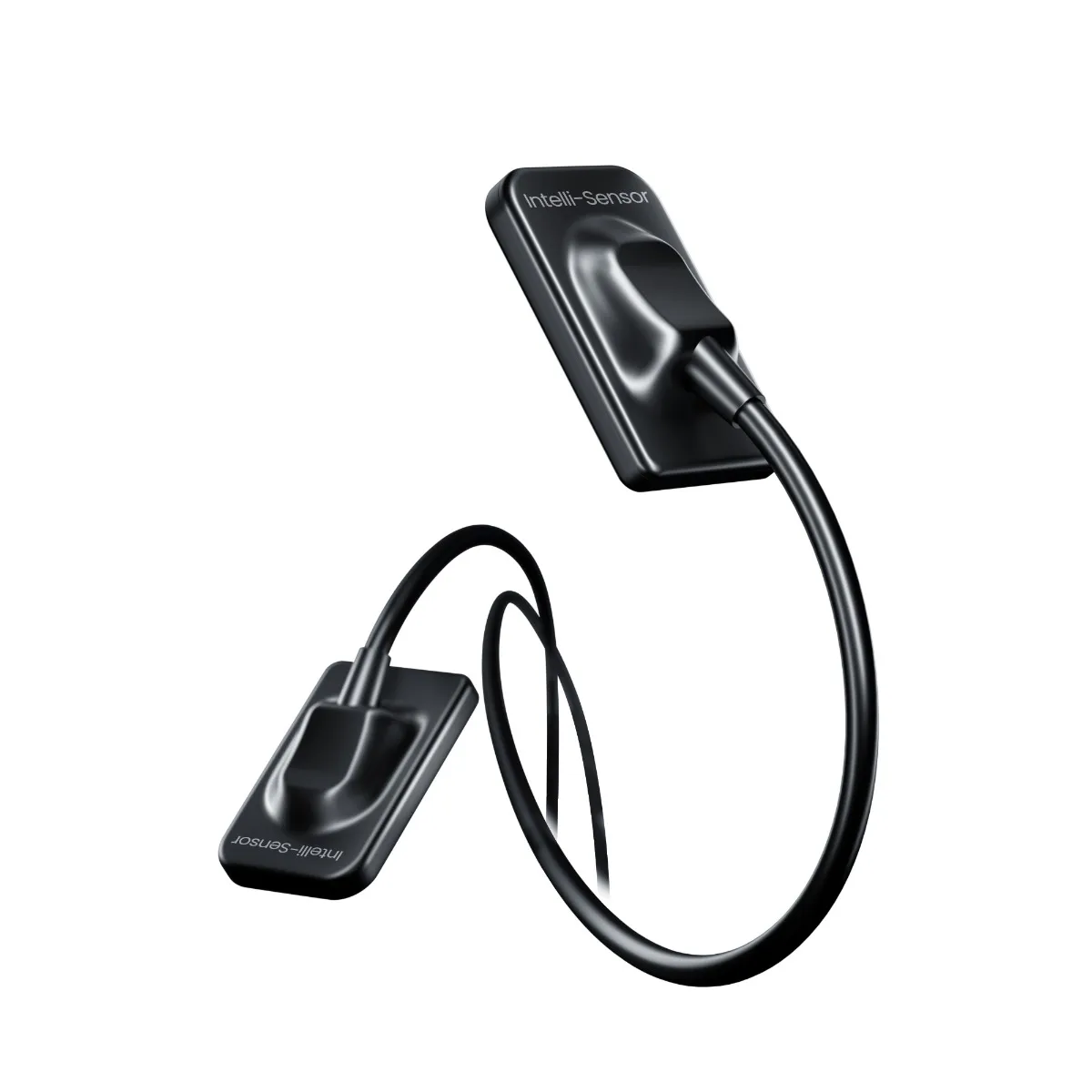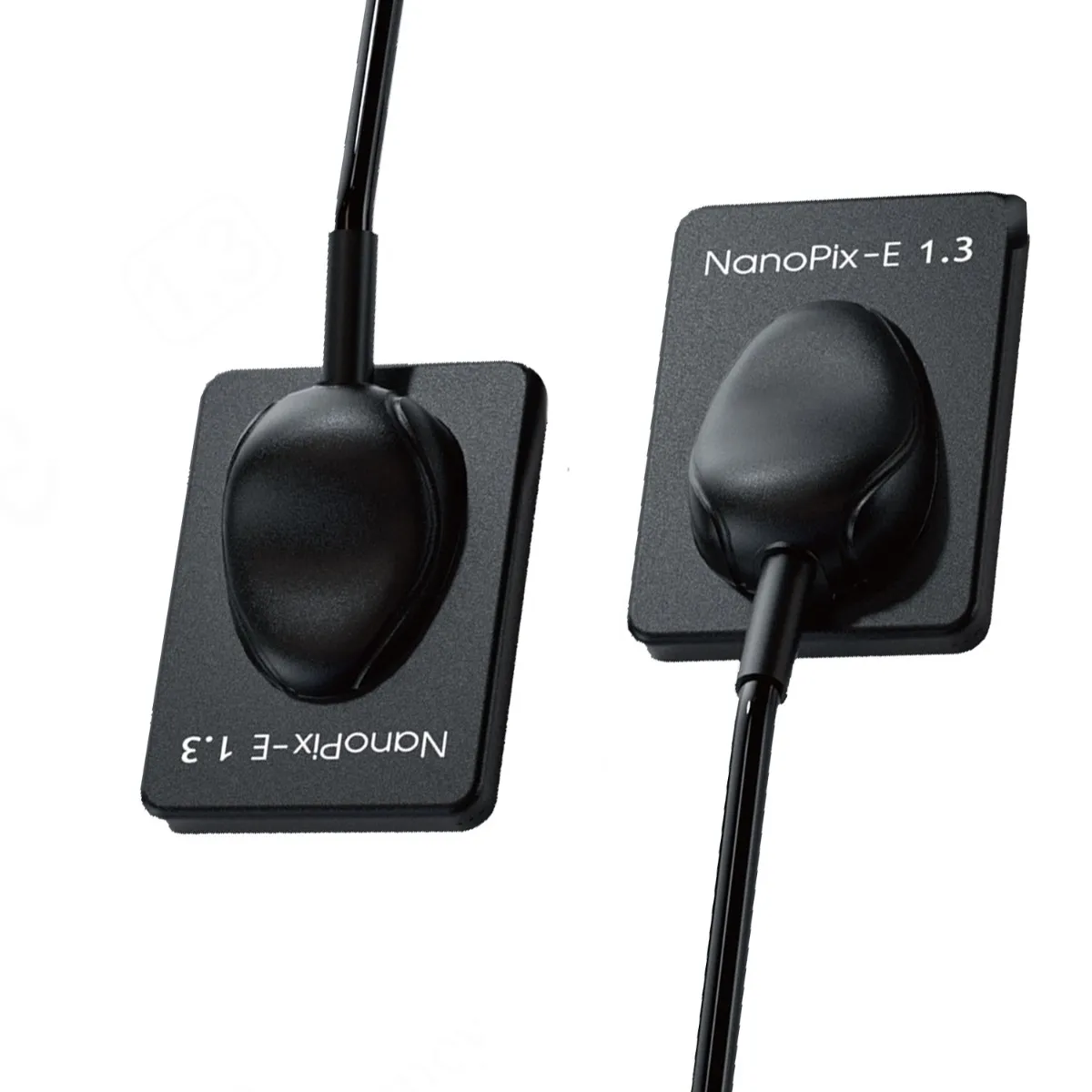RVG Sensors - Revolutionizing Dental Radiology at Dentalkart.com
Welcome to the RVG Sensors category at dentalkart.com - your ultimate destination for cutting-edge dental radiology products. RVG sensors, short for Radiovisiography sensors, are essential tools that have revolutionized dental radiology. Designed exclusively for dental professionals, these sensors capture high-quality digital images of dental structures, providing accurate and detailed diagnostic information. With their advanced technology and precision, RVG sensors have transformed the way dental radiography is conducted, enhancing the efficiency and accuracy of diagnoses and treatment planning.
Dentalkart offers a diverse range of RVG sensors in various sizes, including Size-1 (Pedo) and Size-2 (Adult), from reputable brands like Woodpecker, Endoking, Carestream, Eighteeth, Apple Dental, Waldent, and Vatech. These sensors are tailored to cater to the specific needs of dental practices, making them suitable for pediatric and adult patients alike. RVG sensors feature high-resolution imaging capabilities, ensuring detailed and crystal-clear images for precise diagnosis. They are designed for seamless integration into existing dental setups, offering user-friendly functionality and streamlined workflows.
RVG sensors play a pivotal role in various dental applications, including detecting caries, assessing periodontal health, evaluating endodontic conditions, and planning orthodontic treatments. By providing instantaneous digital images, RVG sensors significantly reduce exposure to radiation, making them a safer and more patient-friendly alternative to traditional X-ray film. The real-time results aid dental professionals in making accurate and timely treatment decisions, enhancing patient care and overall practice efficiency.
At dentalkart.com, we understand the importance of having access to the right RVG sensor for your dental practice. Our RVG Sensors category boasts an extensive selection of genuine products sourced directly from reputable brands. We offer a wide variety to cater to your specific requirements. Our commitment to affordability ensures that you can access these advanced RVG sensors at competitive prices without compromising on quality. As your reliable source for dental technology. Upgrade your dental radiology equipment and take your practice to new heights of efficiency and accuracy with RVG sensors from dentalkart.com.
Q: What dental applications can RVG sensors be used for?
A: RVG sensors are versatile tools that play a pivotal role in various dental applications. They are commonly used for detecting caries (cavities), assessing periodontal health, evaluating endodontic conditions (root canal treatments), and planning orthodontic treatments. The high-resolution imaging capabilities of RVG sensors ensure detailed and accurate diagnostic information for precise treatment planning.
Q: Why should I choose RVG sensors over traditional X-ray film?
A: RVG sensors offer several advantages over traditional X-ray film. They provide instantaneous digital images, eliminating the need for manual film processing and reducing the time required for diagnosis. Additionally, RVG sensors significantly decrease radiation exposure for patients and dental staff. The digital format allows for easy storage, retrieval, and sharing of images, enhancing overall practice efficiency and patient care.
Q: How many types of imaging sensors are there used in dentistry?
A: In dentistry, there are primarily three types of imaging sensors used for capturing digital dental images:
- RVG (Radiovisiography): RVG sensors are based on CMOS (Complementary Metal-Oxide Semiconductor) technology. They are used for intraoral imaging and offer high-resolution digital X-ray images of teeth and supporting structures. RVG sensors are commonly used in dental practices for various diagnostic purposes.
- PSP (Photostimulable Phosphor): PSP sensors, also known as digital phosphor plates, use a special type of phosphor material that captures X-ray energy when exposed to radiation. After exposure, the PSP sensor is scanned using a laser to release the stored X-ray energy and create a digital image. PSP sensors are flexible and can be used as a direct replacement for traditional dental film.
- CBCT (Cone Beam Computed Tomography): While not a conventional intraoral sensor, CBCT is a specialized imaging technique used in dentistry. CBCT scanners capture a 3D volumetric image of the patient's oral and maxillofacial structures. CBCT is particularly useful for complex cases, such as implant planning, orthodontic assessment, and oral surgery.
Q: Can RVG be connected to mobile?
A: RVG sensors are typically used in dental radiology to capture digital images of dental structures. RVG systems have the capability to connect to computers or imaging software for image processing and storage, it is common for them to be directly connected to desktop or laptop computers using specialized imaging software to view and analyze the digital images captured by the RVG sensor.
Q: Can RVG sensors capture images with the same level of detail as traditional film X-rays?
A: Yes, RVG sensors provide high-resolution images that can rival or even exceed the level of detail achieved with traditional film X-rays. The advanced CMOS technology in RVG sensors allows for precise image capture, resulting in clear and accurate radiographs.
Q: Are RVG sensors compatible with all types of X-ray machines commonly used in dental offices?
A: RVG sensors are compatible with most X-ray machines, but there may be variations in compatibility depending on the sensor's brand and model. It is essential to ensure that the RVG sensor is compatible with the X-ray unit used in the dental practice.
Q: Can RVG sensors be used for pediatric patients and pregnant women safely?
A: RVG sensors can be used for pediatric patients and pregnant women with appropriate radiation protection measures. Dentists should follow ALARA (As Low As Reasonably Achievable) principles to minimize radiation exposure to vulnerable populations.
Q:Are there any limitations or challenges when using RVG sensors for patients with limited mouth opening or severe gag reflex?
A: Patients with limited mouth opening or severe gag reflex may present challenges during sensor placement. Dentists should use alternative positioning techniques or consider using smaller-sized sensors to accommodate such patients.
Q: What are RVG sensors, and how do they work?
A: RVG sensors, also known as Radiovisiography sensors, are dental radiology devices that capture high-quality digital images of dental structures. These sensors work by converting X-ray radiation into electronic signals, which are then transformed into detailed digital images on a computer screen. This technology offers real-time results, reducing exposure to radiation and providing immediate diagnostic information to dental professionals.
Q: Which size of RVG sensor should I choose for my practice?
A: Dentalkart.com offers RVG sensors in two sizes: Size-1 (Pedo) and Size-2 (Adult). Size-1 sensors are ideal for pediatric patients, while Size-2 sensors cater to adult patients. The selection of the appropriate size depends on the patient demographics and the intended applications in your dental practice.
_


















